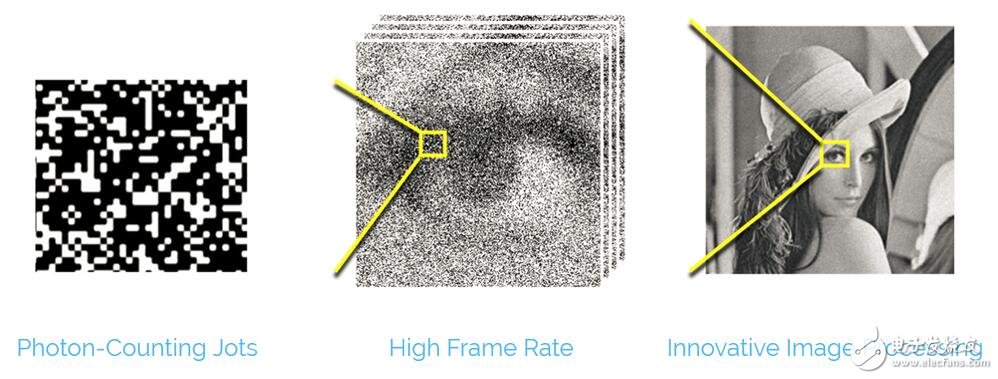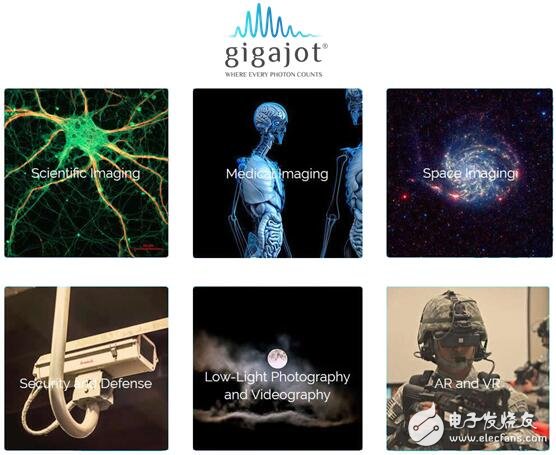According to a recent report from the James Advisory, a groundbreaking image sensor chip has been developed by a team of engineers at Dartmouth College. This innovation could one day give your smartphone camera an almost superhuman ability to "see," even making superheroes envious. Let’s explore what this technology means with the help of Xiaobian, our network communication expert.
The new image sensor was created by Professor Eric Fossum and his team at Dartmouth. It can capture and count individual photons at thousands of frames per second with a resolution of one megapixel. Even in extremely low-light conditions, the sensor delivers high-sensitivity, high-quality digital imaging, 3D imaging, and computer vision—effectively giving devices an "unseen" ability to perceive their surroundings.
This isn’t the first time Professor Fossum has made waves in the imaging world. Twenty-five years ago, while working at NASA’s Jet Propulsion Laboratory, he pioneered CMOS image sensor technology, which is now used in billions of cameras worldwide.

The image shown here is captured using a one-megapixel Quantum Image Sensor (QIS), consuming just 17mW of power. This level of sensitivity and efficiency is truly remarkable.
Professor Fossum explained, “Approximately 4 billion cameras with integrated CMOS image sensors are produced each year. These sensors convert light into electrical signals that form digital images.â€
He named his latest creation the Quanta Image Sensor (QIS) and referred to its smallest unit as “jots†instead of “pixels.†Each jot can detect a single photon, making the QIS incredibly sensitive to even the faintest light.
“Because QIS can detect single photons, it offers an impressive level of visibility in very dim environments,†said Professor Fossum. “For example, a small Christmas tree bulb emits around 10^19 photons per second. That’s an incredibly tiny amount of light, yet QIS can still see it clearly.â€
While other researchers have developed single-photon detection chips, most require specialized cooling systems and are costly to produce. In contrast, Fossum’s QIS operates at room temperature and uses standard semiconductor manufacturing equipment, making it more compatible with existing technologies like CMOS sensors and easier for industry adoption.
Testing has shown that the QIS chip has a very low dark current at both room temperature and 60°C. Researchers also demonstrated high-speed single-photon imaging with 1 megapixel resolution and 1040 fps. Future developments aim to scale up the technology to handle hundreds of millions or even billions of jots at ultra-fast speeds.

QIS Technical Features
According to Professor Fossum, QIS technology opens up new possibilities for high-speed, high-resolution, and accurate photon-counting imaging across various fields, including scientific research, medical imaging, space exploration, security, low-light photography, augmented reality (AR), virtual reality (VR), and 3D imaging. To further develop and commercialize this technology, the team launched a startup called Gigajot Technology.

QIS Main Application Areas
“This is an amazing breakthrough!†said Sara Jensen, a microelectronics engineer at Sandia National Laboratories. “I’ve read the technical papers on this, and professionals in the camera industry are really excited about it. I believe this technology could spark a new wave in imaging.â€
However, Professor Fossum cautioned, “Although this technology is exciting, don’t expect it to show up in smartphones anytime soon. My previous CMOS technology took over 20 years to become mainstream. But I believe QIS has the potential to follow a similar path.â€
“Even though QIS might not take off quickly, I’m thrilled to see new technologies compete with my old ones. That’s exactly why we started Gigajot Technology—to push the boundaries of what’s possible,†he added confidently.
Customized Led Display Screen,Led Screen Display,,Poster Led Display
Guangzhou Cheng Wen Photoelectric Technology Co., Ltd. , https://www.cwledwall.com